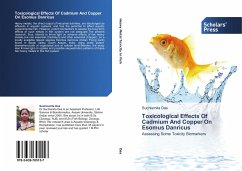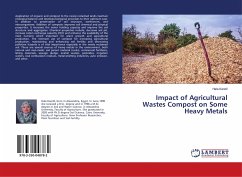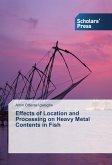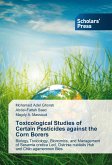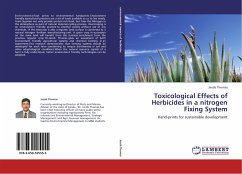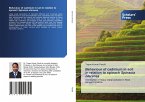Heavy metals, the direct output of industrial activities, are discharged as effluents in aquatic systems, and has the potential to effect aquatic organisms like fish. However, potent biomarkers to assess the long term effects of such metals in fish system are not adequate.The present research, thus, intends to throw light on adverse effects of two heavy metals,one non essential (Cadmium) and other essential (Copper), on a locally available teleost species Esomus danricus (Indian Flying barb) found in Barak Valley, South Assam, India, using some potent biomarkers,both at organismal and at cellular level.Besides, the study also throws light on uptake and possible sequestration patterns of these two heavy metals in this fish system.
Bitte wählen Sie Ihr Anliegen aus.
Rechnungen
Retourenschein anfordern
Bestellstatus
Storno

